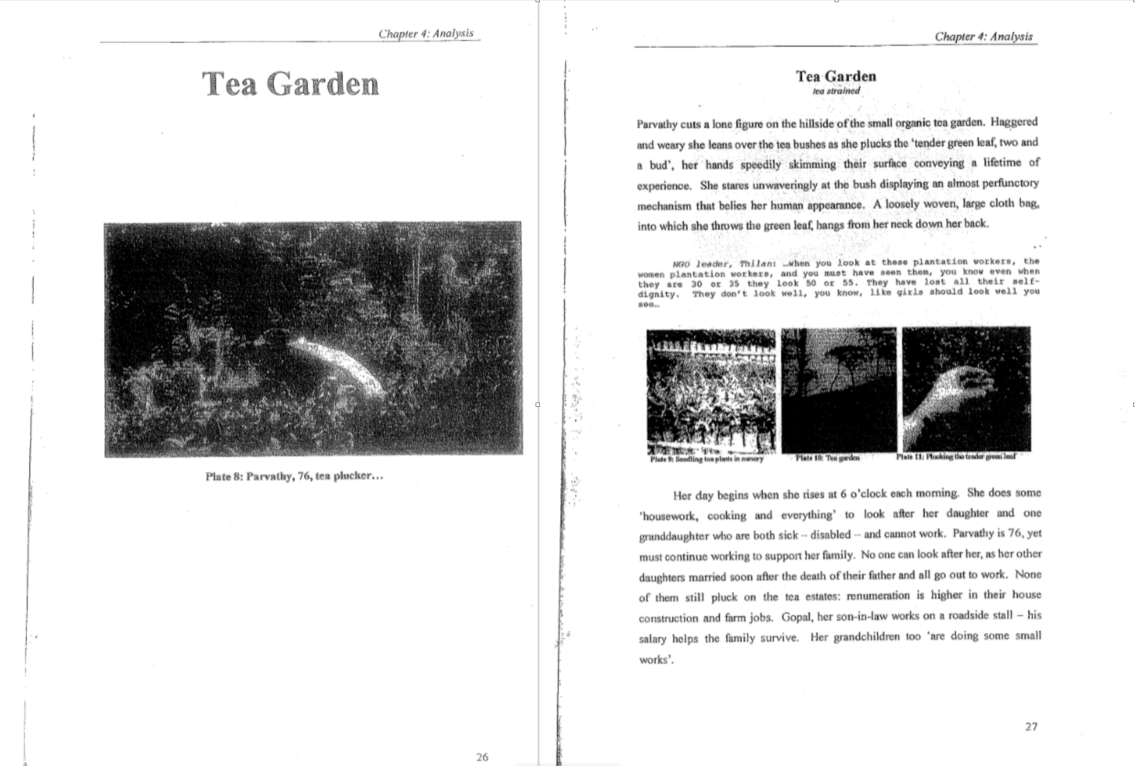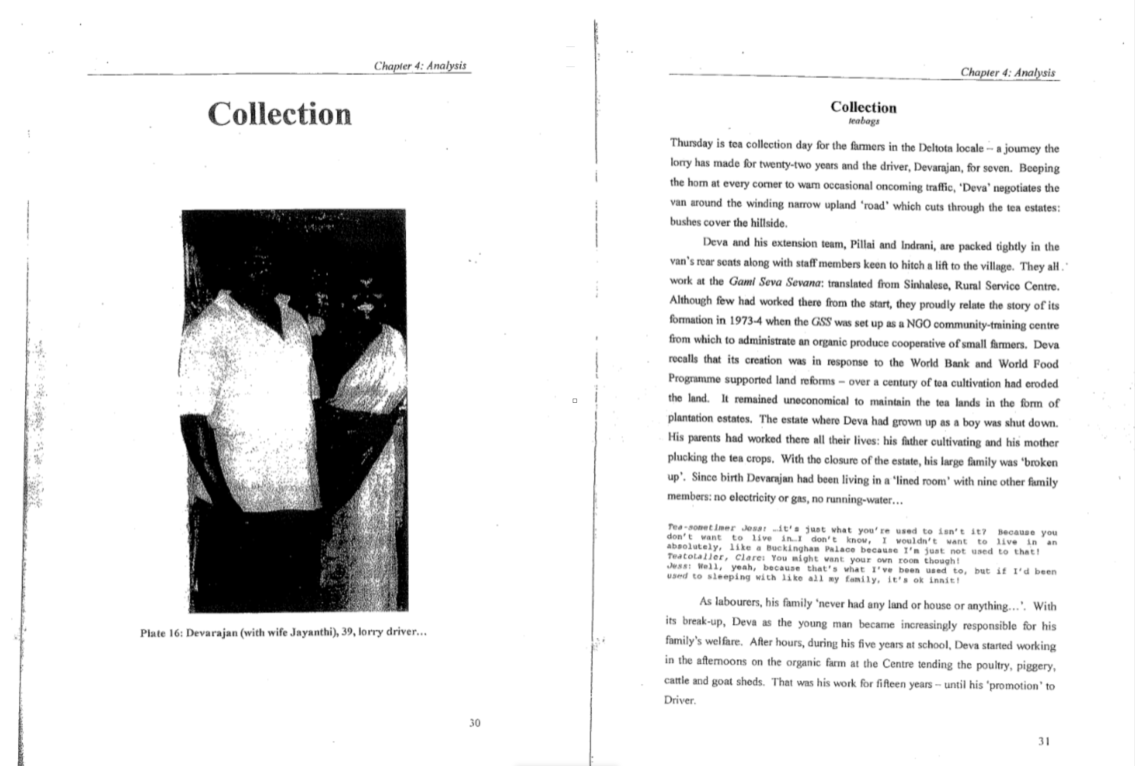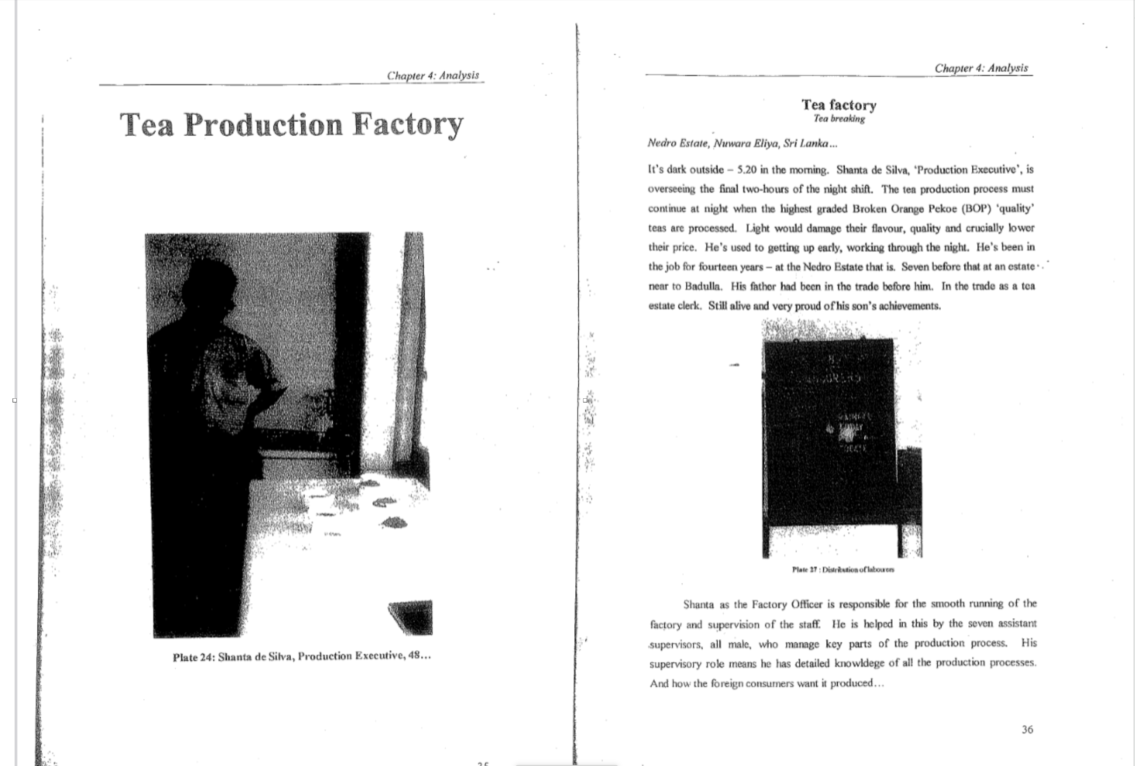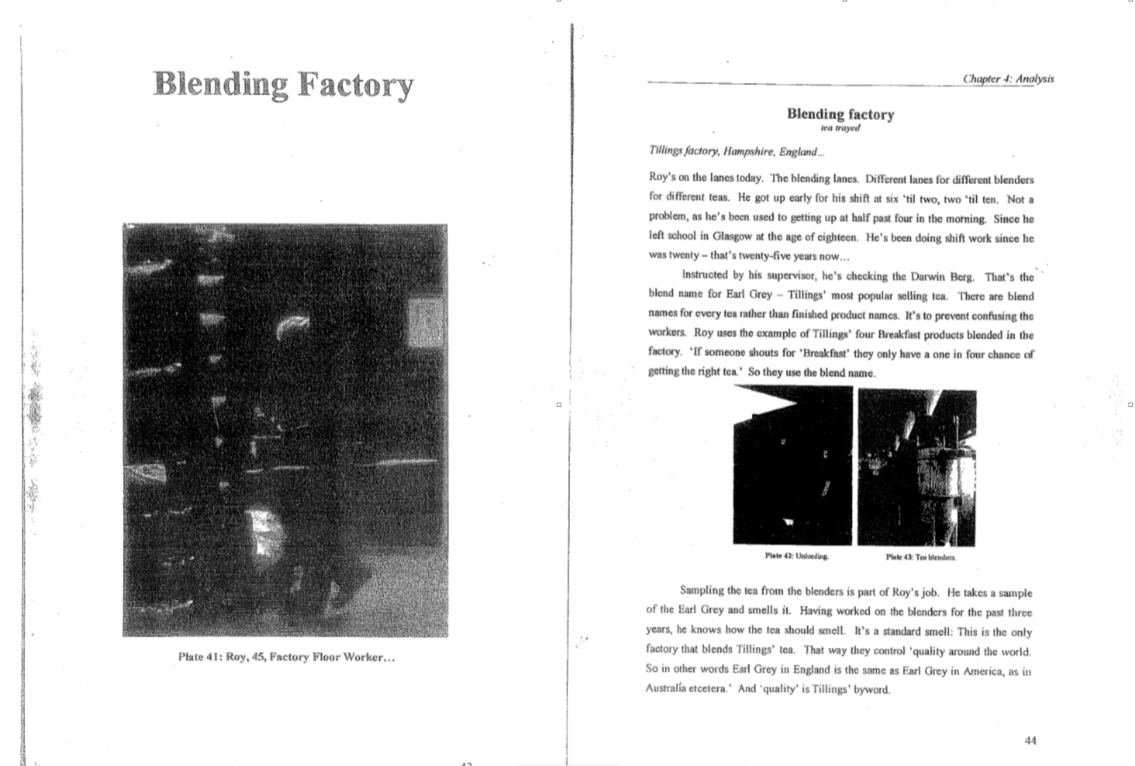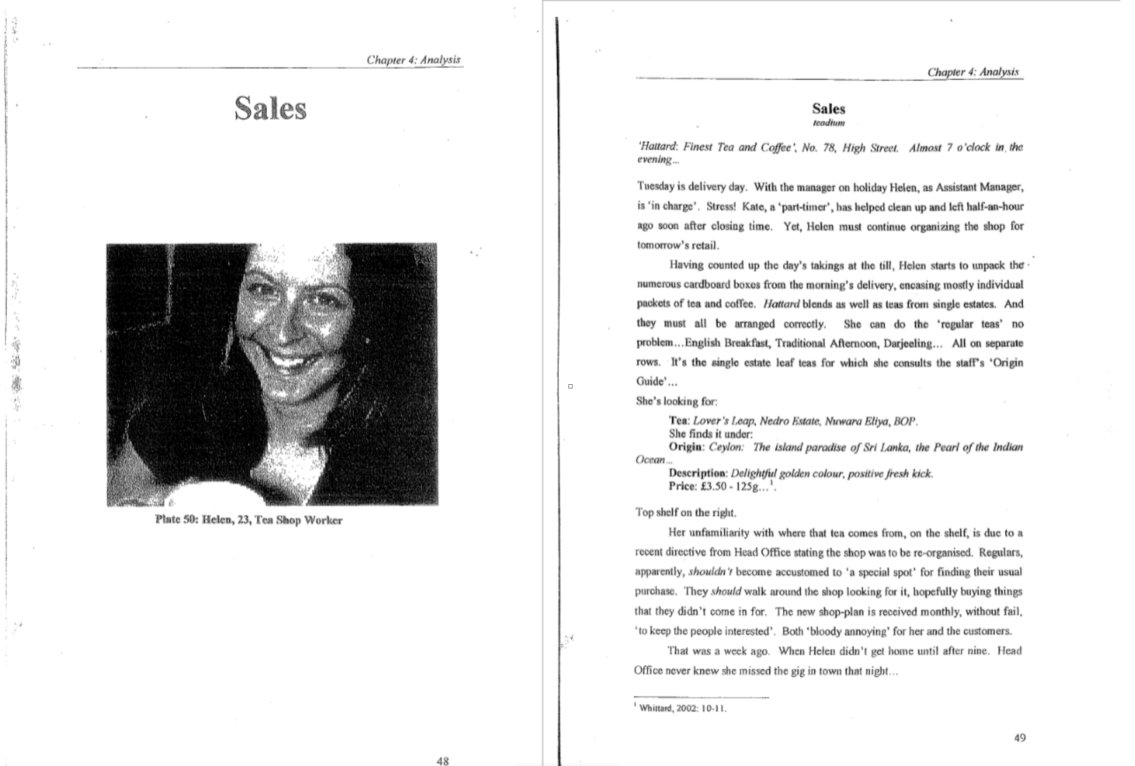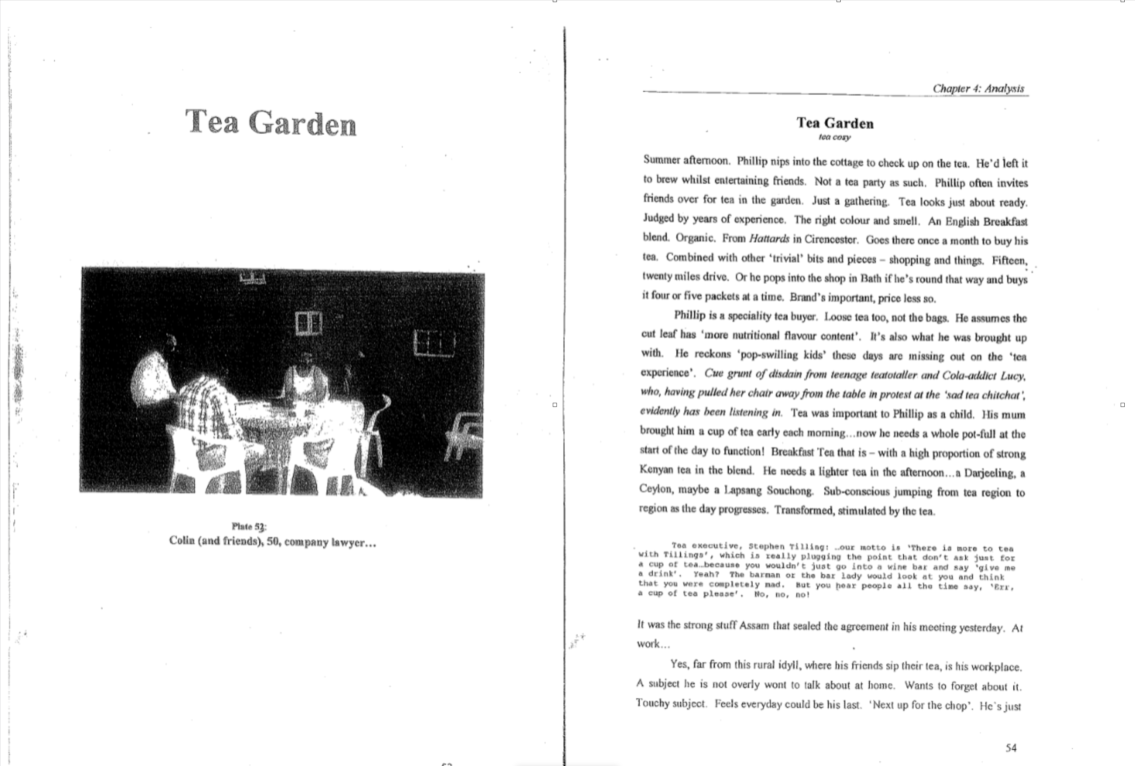
followthethings.com
Electronics
“A Decent Factory (alternative title Made in China)“
A documentary film directed by Thomas Balmès for Margot Films, Making Movies Oy, France 2, BBC Storyville & YLE
Film clip embedded above. Search online to stream the whole film here.
In the mid 2000s, the Finnish company Nokia was the world’s largest producer of mobile phones. French film-maker Thomas Balmès works moves to Finland and spends 18 months in the country before getting permission to follow its executive Hanna Kosinen and business ethics consultant Louise Jamison as they undertake the company’s first ‘ethical audit’ of a mobile phone factory in China. Hanna and Louise have been tasked by Nokia to see for themselves if and how the company can exercise its ‘corporate social responsibilities’ both to its shareholders and to its factory workers. After a detailed tour of the plant, and some challenging and moving interviews with some of its managers and young female factory floor staff (in their cramped dorm rooms), they have to write a report for Nokia about its CSR in practice. It’s not flattering. The factory isn’t reaching even the low Chinese government expectations about minimum wages and working conditions. In the early days of a technology which later became synonymous with appalling labour conditions (see our page on the 2010 iPad factory suicides here), there was a company, and some company executives, who wanted the people making their branded products to enjoy a decent standard of living. But when they visit – as Balmès’ film shows – they get a shock and start to wonder why their principles don’t seem to be possible in practice. Nokia’s managers are ‘walking a tightrope between profits and law’. They are disarmingly frank in front of the camera, until they find out that this isn’t a films solely for internal Nokia consumption. The film that Balmès produces is darkly funny and tragic, It ends with Hanna leaving the company to pursue a more ethical career, where she can make a difference. This is an important, insightful film. It brings corporate managers into view in vivid and candid ways. It’s not only the factory workers who are ‘humanised’. In this film, its corporate managers and their consultants whom audiences are invited to empathise with. The people employed, internally, to hold a company accountable. These executives are not just being interviewed for a ‘talking head’ perspectives and/or briefly followed around a production site (see our page on the BBC Mangetout documentary for comparison here). These executives are not being deliberately embarrassed or demonised. Audience members can see what they are tasked to do. The ethical principles they would like to see in practice. Where they go. Who they talk to. How this affects them emotionally. How their personal and company principles work out in practice. What this makes them think about their job, the company they work for, and its stated corporate values. And whether they can stomach the disappointment when reality bites, and the change that’s needed doesn’t seem possible?
Page reference: Thirii Myint & Chris Lee (2011) A Decent Factory. followthethings.com/a-decent-factory.shtml (last accessed <insert date here>)
Estimated reading time: 29 minutes.
Continue reading A Decent Factory ![]()

